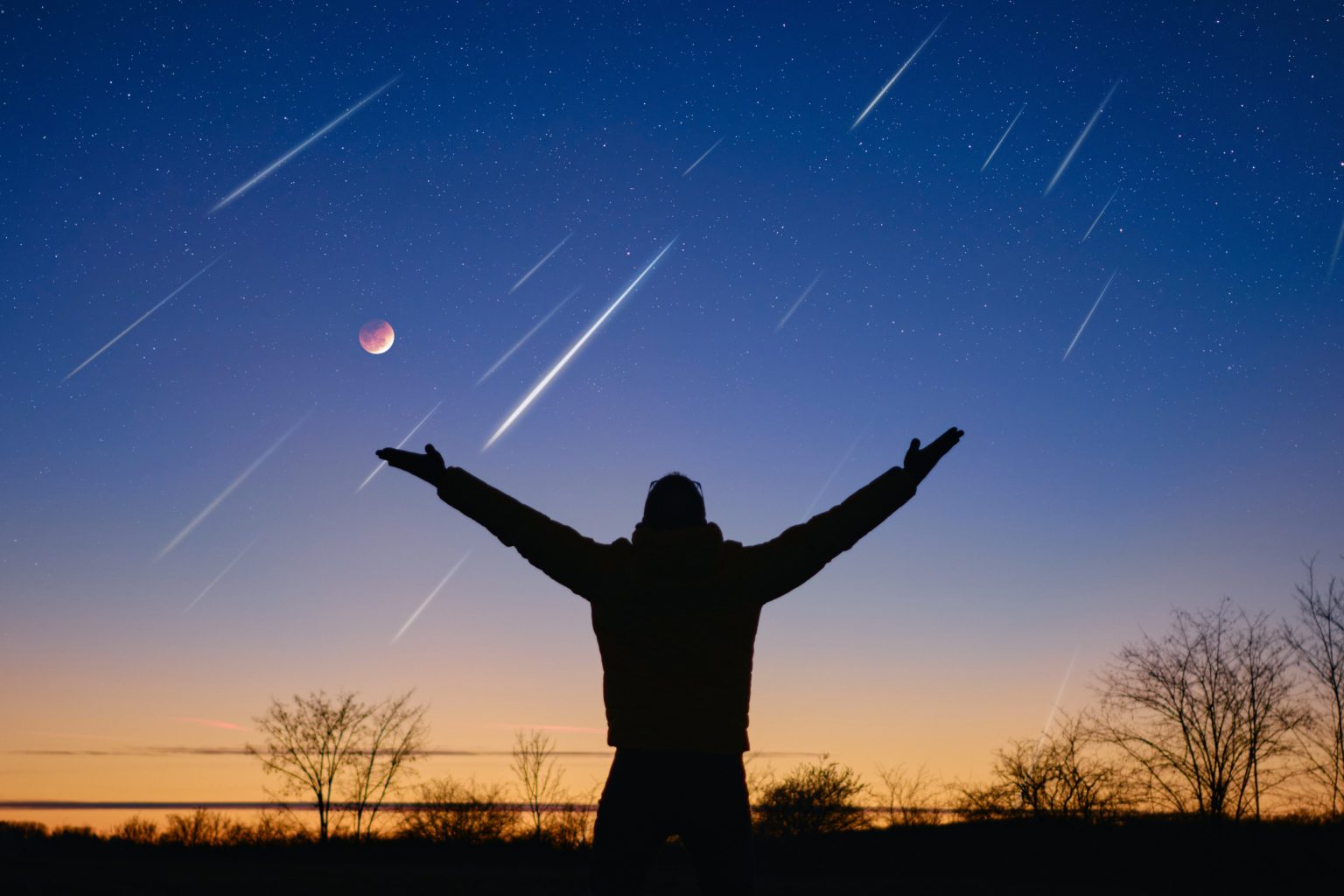Stargazers are eagerly anticipating the annual Lyrids meteor shower, which is set to peak this coming weekend. The shower began on April 15 and will continue until around April 29, with the strongest activity expected on the nights of April 21 and 22. Observers can expect to see up to 18 meteors an hour lighting up the night sky during this peak period. The best time to view the Lyrids is after midnight on a moonless night, away from urban and street lighting, facing eastward for the best visibility.
The meteors from the Lyrids shower appear to emanate from the constellation Lyra, which is best viewed from the Northern Hemisphere. The visibility of the shower largely depends on the phase of the moon, with less moonlight resulting in darker skies and a better viewing experience. Unfortunately, the full moon will fall on April 23, making the moon very bright during the peak of the shower. Therefore, the best viewing opportunities for the Lyrids will be after the moon sets and dawn breaks. NASA recommends allowing about 30 minutes for your eyes to adjust to the darkness for optimal viewing.
The Lyrids meteor shower is one of the oldest recorded meteor showers, having been observed for over 2,600 years. It occurs annually in late April and is known for its bright and fast-moving meteors, with 10 to 20 meteors typically visible per hour. In some years, the shower has produced up to 100 meteors per hour, such as in 1945 and 1982. The meteors from the Lyrids originate from dust particles left behind by comet C/1861 G1 Thatcher, which orbits the sun approximately every 415 years.
Comets like C/1861 G1 Thatcher are composed of ice, rock, and metals and move around the sun on elongated orbits. As a comet gets closer to the sun, its surface heats up, causing the ice to vaporize and release dust and debris. This debris forms a trail along the comet’s orbit, which Earth passes through, resulting in the particles entering the atmosphere at high speeds, burning up, and creating visible streaks of light – a meteor shower. Other meteor showers, such as the Perseids and Orionids, are also caused by the Earth passing through the trail of debris left by comets.
Another meteor shower, the Eta Aquariids, is set to begin on April 19 and will run until May 28, peaking on May 6. These showers are a spectacular display of celestial beauty, offering viewers a glimpse into the wonders of the universe. For those interested in witnessing this natural phenomenon, finding a dark, secluded location away from city lights and allowing time for eyes to adjust to the darkness are essential. Observing meteor showers can be a humbling and awe-inspiring experience, connecting us to the vastness and beauty of the cosmos.













